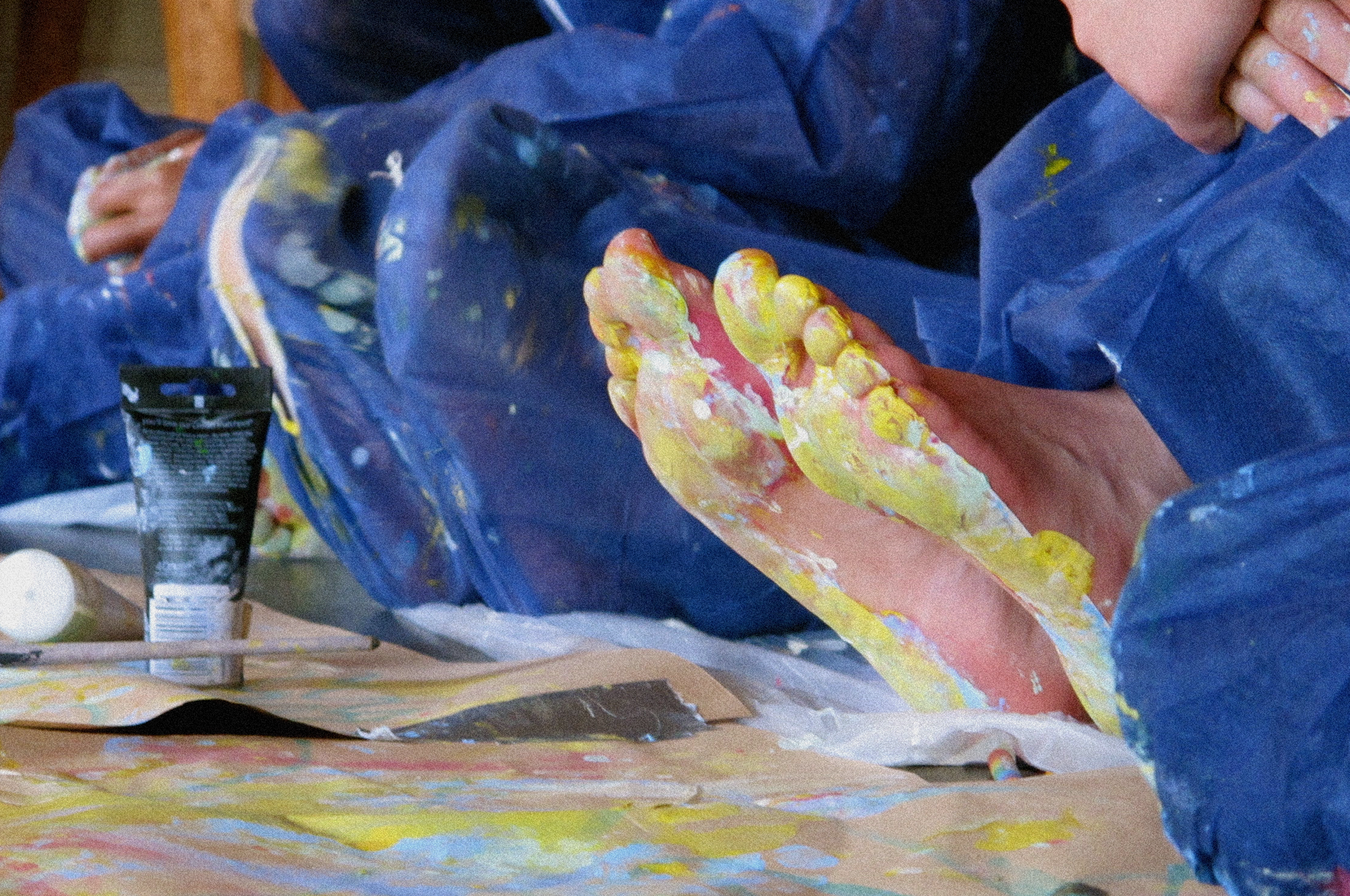Article written by Precious Adesina, journalist, public speaker and radio presenter.
In the sixties, realising the importance of creative thinking amongst their space programme engineers and scientists, NASA worked with scientist George Land to devise a creativity
At age 5, a staggering 98% of children display a ‘genius level’ of creativity. By age 10, that number drops to just 30%, by age 15, it is down to 12%, and by adulthood, just 2% of us will register at ‘genius level.’
Last year, the Labour Party said that schools in the UK face a ‘creativity crisis’ due to the continued fall in arts funding. The party claimed that government allocation for music and the arts worked out at only £9.40 per child each year. But, the decline of the arts in education has been an issue for at least a decade. In 2020, The Stage, a weekly newspaper covering the entertainment industry, reported a 37% decrease in the number of students entered for creative subjects at GCSE level since 2010 – a statistic that disproportionately affects students from state schools.
“The danger at present is that it’s currently much easier to get a broader, more creative education if you have the money to go to a private school,” Sir Nicholas Serota, the chair of Arts Council England, told Sky News in 2019 after the release of a report in collaboration with Durham University concluded that creativity should be instilled in everyday school life. “There are great state schools being well led that do this work, but what we want to see is a much larger number of schools in the state system able to do this.”
Lucy Sicks, the Founder of LIFEbeat, a charity specialising in using the arts and creativity to support young people’s wellbeing and personal growth, agrees. “Creativity is not just a nice ‘add-on’ to other academic subjects,” she says. “It is a foundational skill and a way of approaching the world that should underpin the study of all subjects.”
Many reports have shown the undeniable benefits of creativity. In 2016, a study in The Journal of Positive Psychology found that spending time on creative goals can elevate a person’s mood that day. Research commissioned by BBC Arts in 2019 also found that taking part in creative activities helps people manage stress and find the mental space to address problems in their lives.
The World Health Organisation has found overwhelming evidence connecting arts of all kinds to improved wellbeing and health. But, the pressures that some schools face can make it harder to find the capacity to incorporate the arts into a student’s day.
“Sadly, as schools face budget cuts and increasing pressure to perform in exam league tables, creativity is becoming less and less prioritised within our education system,” Sicks adds. Sicks says LIFEbeat has “seen firsthand” how creativity can have “extraordinary benefits” on a young person’s wellbeing. “Our work is proven to build self-esteem, emotional literacy and resilience, empowering young people and nurturing their self-belief to overcome challenges.
Teachers, family and the young people themselves tell us that they feel happier, more connected and energised after attending LIFEbeat programmes. We consistently see positive shifts on the widely respected Warwick Edinburgh mental wellbeing scale for young people who have been through our programmes.”
This year, LIFEbeat is working with 14 schools in Somerset as part of their Artists in Schools programme. Artists in Schools offers primary and secondary schoolchildren the opportunity to participate in workshops held by people within the creative industry. “Many of our creative activities give young people space to play, express themselves and explore their emotions and feelings through the arts,” Sicks says. “This experience can be transformational.”
The project intends to offer children an opportunity to explore their pandemic experience. “All of the lockdown experiences over the pandemic meant children and young people couldn’t have those social opportunities together,” says Joanne Leek, the emotional health and wellbeing lead for children and young people at Somerset Public Health, who commissioned the project. “This is social and emotional health learning as opposed to academic learning,” Leek adds. “Offering children something outside of the more academic-led curriculum will support wellbeing, enabling them to continue learning.”
Singer and songwriter Jane Taylor, a facilitator for LIFEbeat’s Artists in Schools, agrees. Taylor specifically notes that LIFEbeat approaches wellbeing like a flower, with each petal contributing something different to the plant’s overall health. “So many different things impact our wellbeing, and in this model, one of those petals is our creativity,” Taylor says.
Even students recognise that the lack of creativity in classes can affect their education. “More creative approaches in the curriculum would be great to see as it would encourage brains to be worked without feeling like it’s a chore,” a 16-year-old student from Somerset says. “A book and pen aren’t always the best ways to learn for most people. Getting up and doing creative things would engage our minds more.”
But, meeting people within the creative industry can also change a child’s perspective of what it means to have a fruitful life, says Bessie Bidder, a felt artist and facilitator at LIFEbeat. “It’s a reminder that there are other things beyond school life and tests,” Bidder says. For students from disadvantaged backgrounds, meeting creative practitioners can also show them that there are career paths beyond well-known avenues such as law and medicine (which can be off-putting for some and incredibly difficult and expensive to get into). The government’s economic estimates for 2019 showed that, before the pandemic, the creative industries employed 2.1 million people, and in 2018, the sector contributed more than £111 billion to the economy (link here).
Will, a 17-year-old who left his school in London to attend a technical art college – a decision he is happy with – wanted to pursue an art career but was never told it was something he could do, which his school’s approach to learning exacerbated. “In all our subjects, we were reminded of the exam specification in almost every lesson.” An issue he also saw in his creative subjects. “In my art course, we were told to create photorealistic work and pretend to develop towards ideas in order to fall in line with exam specifications.”
In a society where subjects like maths and science may seem like the most valuable topics to focus on, and tight budgets can force teachers to want to concentrate on just making sure their students pass, it can be easy to forget the importance of creativity. But, this may hinder a child’s wellbeing and performance in these subjects. “We are facing unprecedented, and ever-increasing, global challenges in many areas”,” says Sicks. “At present, we also have an education system that trains young people out of creative expression and gradually removes creativity from the classroom.”
Sicks calls on us all to take action. “Now is a pivotal moment in history. It is a moment where we need to not only process and reflect on our actions, but innovate to solve the world’s problems. Creativity can offer all of this. Right now, we need to be training young people to access their creativity, enabling them to become the next generation of innovators and problem solvers. We need creative leaders. We need creativity in schools.”
Share this:




